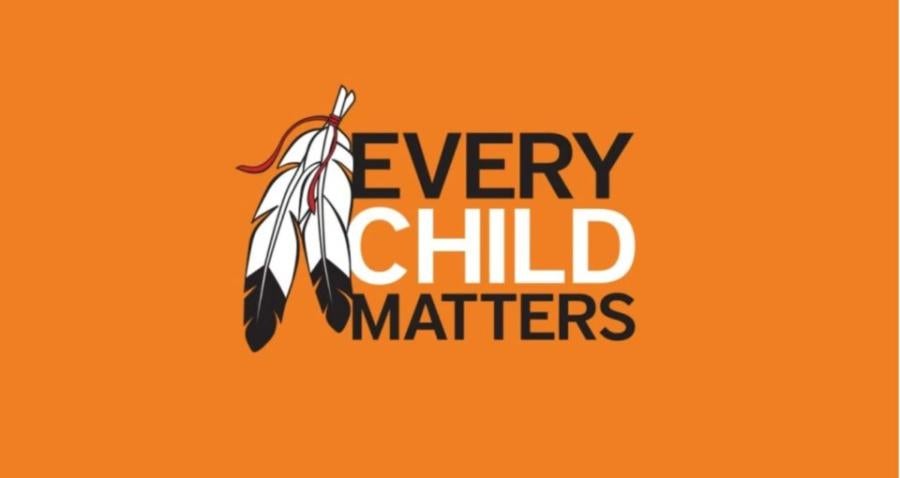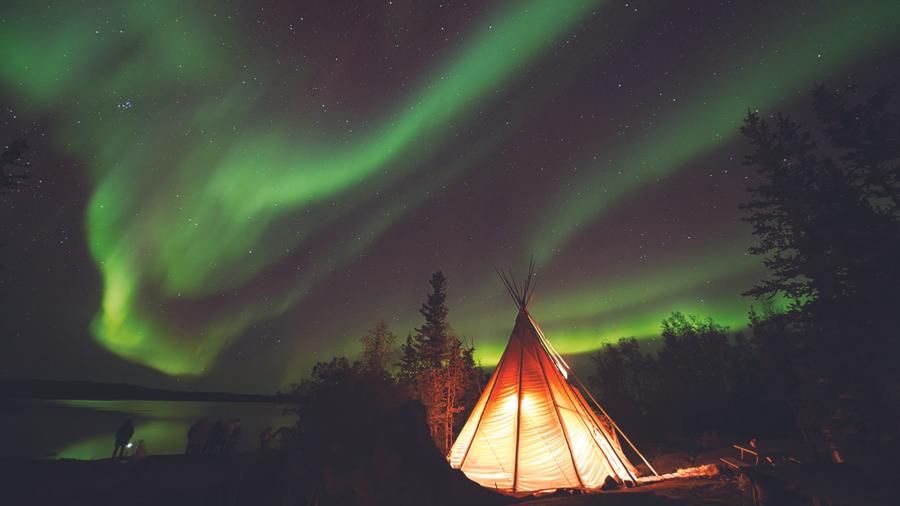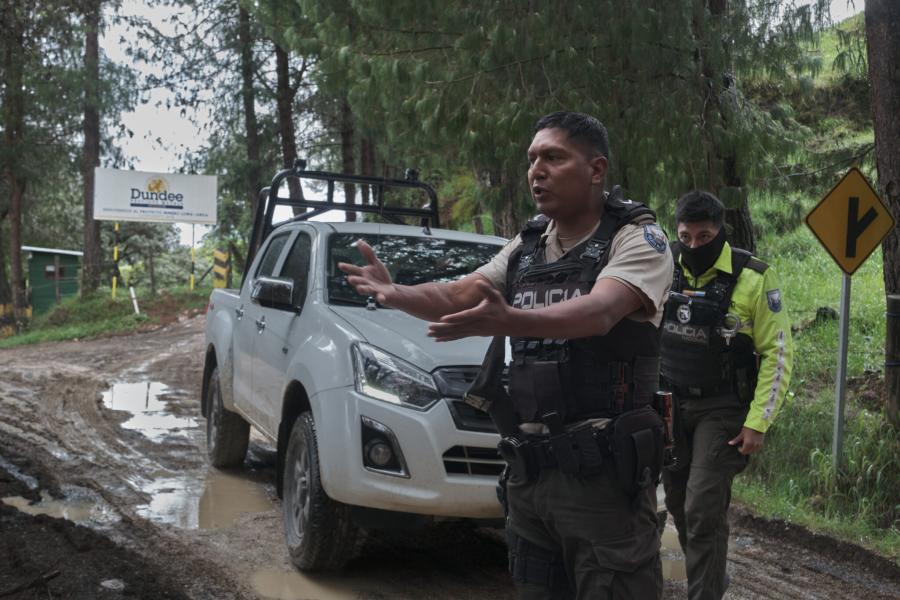am 84 years old. I still enjoy traveling each year to my family's subsistence camp and other special places near my home in Sitka to gather traditional cultural foods -- subsistence. According to Tlingit custom, I was trained by my uncles in the traditional ways of subsistence. You might say this was my `Tlingit schooling.' It was oriented around seasonal food gathering activities.
Spring
My family was very lucky in selecting Deep Bay or L'ukaná... for their customary and traditional subsistence use. My family moved to Deep Bay in May after the herring roe harvest in Sitka Sound.
Black and ribbon seaweed are picked from the beaches in Salisbury Sound which was only about three or four miles from Deep Bay. We were taught by an uncle in each [matrilineal] clan. The uncles taught the young people the names of the places, which months, and during which tide to pick the seaweed. The next lesson was how to dry the seaweed and preserve it for use year round. Taking our customary, traditional food supply was taught by uncles from all families in southeastern Alaska.
The next undertaking was to catch and dry halibut. We found bait for the halibut hooks. Afterwards, our uncle took us to Rapids Island at low tide and taught us to look for octopus dens at low tides' edge. We learned from our uncle how to catch the octopus with a gaff hook.
Next, our uncle split the young group into two groups. One group was told to cut down alder wood for the smokehouses; the other group was shown how to bait the hooks. My uncle took us into the narrows outside of Deep Bay. He showed us the halibut fish hole, which he called eet in Tlingit. We learned how to line up the halibut eet, by lining up two points on the beach. Today, I still use this halibut eet to catch my subsistence halibut for drying.
With enough halibut caught and drying in the smokehouses to satisfy all the families in Deep Bay, halibut fishing stopped. Our uncle noticed how we enjoyed fishing and told us that to fish for halibut for fun would waste our food supply -- to do so would offend the Holy Spirit and cause us to lose our blessing and go hungry.
We went back to our winter homes in Sitka to store our subsistence foods for next winter use.
Summer
In my lifetime, a change in living has taken place. During the summer, all our families moved to Ford Arm cannery, first called Cape Edwards Packing Company and later renamed Deep Sea Salmon Company. All the older men went fishing for salmon for two months. The women all worked in the cannery. After the fishing season closed, the families all moved back to Sitka.
After working at the cannery, the families again collected camping equipment to go to the fish camp at Deep Bay. We also took jars to can berries and fishing gear to catch and dry late summer dog and coho salmon. Our uncle again told his trainees, "We can only take enough salmon for all the needs of each family in Deep Bay." Smokehouses were loaded and the fires were attended to by our elders.
Next, our uncle took all available persons berry picking. The berry picking places were out in the straits outside of Deep Bay among all the islands. Each island had a Tlingit name so we could remember where the blueberries were in the future -- when we get old enough to go on our own.
Fall
The next project was to go seal hunting. Only the older boys were taken and I was lucky to go. We were taught how to shoot. The seal hunting areas were outside Deep Bay on certain islands, reefs, and narrow passes between the islands. After many of misses by each hunter, we finally learned the proper way to shoot at the seals in the water.
Our uncle showed us how to skin the seals and save the fat, meat, and skins. We learned how to make stretchers using green, small alder poles. Seal skins were dried for winter projects in Sitka. The fat and some meat from the young seals were saved for smoking. Fat was rendered out and put in containers. Seal hunting stopped when all families in Deep Bay had enough to use through the year.
Next, our uncle showed us how to make deer calls. A deer hunting party was selected with three persons in each party. Our uncle took the hunting party up the mountain on the west side of Deep Bay -- half way up in a basin on the mountain. He told us to spread out and keep very quiet while he blew his deer call -- one little long call then a very short one. He called in three deer while he was showing us how to use the deer call. The three deer were shot by the hunters selected to do the shooting.
We got all three deer. Our uncle showed us how to clean and fix the deer for packing it back to camp. Two hunters in each group of three were selected to each pack the deer back to camp while one person in each group looked out for bears. All the hunters were successful that day. The deer were all skinned, cut, and hung for smoking in the smokehouses. After three days of smoking, the deer meat was taken down and cut into small chunks for cooking in pots. After cooking, the deer meat was then put back on the racks in the smokehouses, dipped in seal oil, packed in containers, and covered with seal oil. This type of smoked deer meat kept without spoiling through the winter and is eaten as cold cuts. With all the fish, meat, and berries preserved, the families again moved back to Sitka, our winter homes.
Winter
The older men prepared for the winter trapping season that would start in December and January. My grandfolks, dad, and uncles went to Emmons Island at the entrance of Hoonah Sound, just ten miles north of Deep Bay Each family from Sitka also has their own trapping areas.
Some of our subsistence foods were from our winter homes at Sitka. We gathered clams and fished for bottom fish, rockfish, flounders, halibut, crabs, and shrimp.
Spring Again
Before the commercial herring sac roe fishery, the Sitka Tlingits engaged in herring roe fishing from small rowboats. The herring caught in small rowboats were used to make herring oil. Herring roe was taken and dried in the trees among the islands around Sitka. All the small islands have Tlingit names and were used together with all other families in the Sitka area.
Herring fishing was the last week in March and the first two weeks in April, mostly under our uncles' directions for each family group.
Teaching subsistence occurred where our customary, traditional subsistence food supply was collected. This education was what made each Tlingit a good citizen in each community. The young people learn to respect the land they live on. They also learn to take only what each family needs to make it through the year. We need to keep teaching the children our subsistence lifestyle, culture, and religion. Without this education, our Tlingit cultures will be lost forever.
Article copyright Cultural Survival, Inc.



